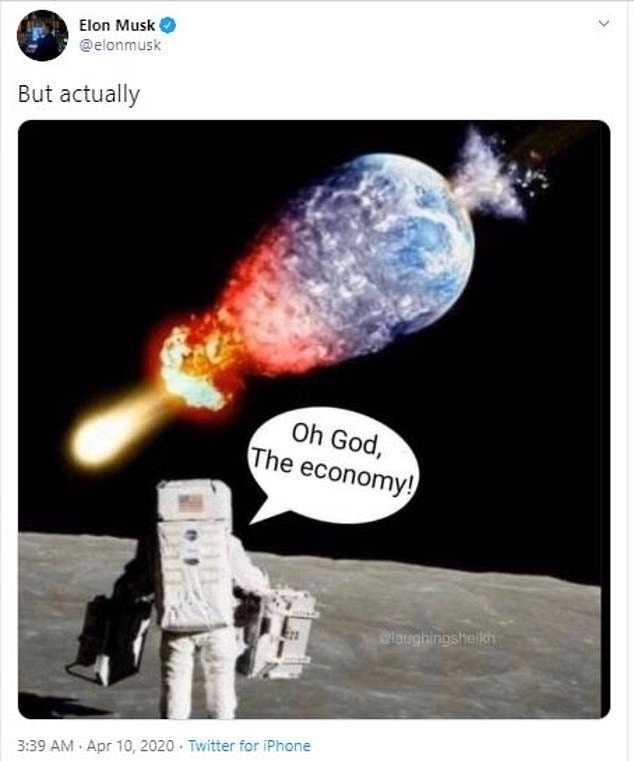An asteroid the size of a football stadium threaded the needle between Earth and the moon Saturday morning — the second of two astronomical near misses in three days. Near miss, in this case, is a relative term: Saturday’s asteroid, 2024 MK, came within 180,000 miles of Earth. On Thursday, meanwhile, asteroid 2011 UL21 flew within 4 million miles.
But the Saturday passage of 2024 MK — which scientists discovered only two weeks ago — coincides with a sobering reminder of threats from space. Sunday is Asteroid Day, the anniversary of the 1908 explosion of a rock from space above a Russian town — the sort of danger that, astronomers warn, is always lurking as the Earth hurtles through space… In 2013, for instance, an asteroid about 62 feet across that broke apart nearly 20 miles above Siberia released 30 times as much energy as the atomic bomb that hit Hiroshima. While most of the impact energy was absorbed by the atmosphere, the detonation triggered a shock wave that blew out windows and injured more than a thousand people.
The article points out that if Saturday’s asteroid had hit earth, the impact would have “the equivalent impact energy in the hundreds of megaton approaching a gigaton,” Peter Brown of Canada’s Western University told the Canadian Broadcasting Service. (For comparison, most hydrogen bombs are in the 50-megaton range.) Brown said “It’s the sort of thing that if it hit the east coast of the U.S., you would have catastrophic effects over most of the eastern seaboard. But it’s not big enough to affect the whole world.”
Meanwhile, the article adds that last Thursday’s asteroid — “while it was comfortably far out in space” — was the size of Mt. Everest. “At 1.5 miles in diameter, that asteroid was about a quarter the size of the asteroid that struck the earth 65 million years ago, wiping out all dinosaurs that walked, as well as the majority of life on earth.” But the risk of a collision like that “is very, very low.” NASA has estimated that a civilization-ending event (like the collision of an asteroid the size of Thursday’s with the Earth) should only happen every few million years. And such an impact from an asteroid half a mile in diameter or bigger will be almost impossible for a very long time, according to findings published last year in The Astronomical Journal.
NASA’s catalog of large and dangerous objects like 2011 UL21 is now 95 percent complete, MIT Technology Review reported.
Asteroids are nature’s way of asking “How’s that space program coming along?”
Sorry, there have been some budget cuts. The rich need their tax cut!
Hey now, the rich are pushing forth their own space programs by leaps and bounds so they can nickle and dime everybody who wants to flee the incoming asteroid
True. It would be fun to watch them flee to space and then, after the asteroid hits, find it there’s nobody left to clean the toilets. Only we’ll all be dead by then.
It’s like a game of chicken, when no-one has breaks or steering.
Well, the DART mission was pretty successful.

these articles never point out how far away the moon is when they do these comparisons.
For example, did you know that if you took all the planets in the solar system and put them between earth and the moon that it would seriously mess everything up?



